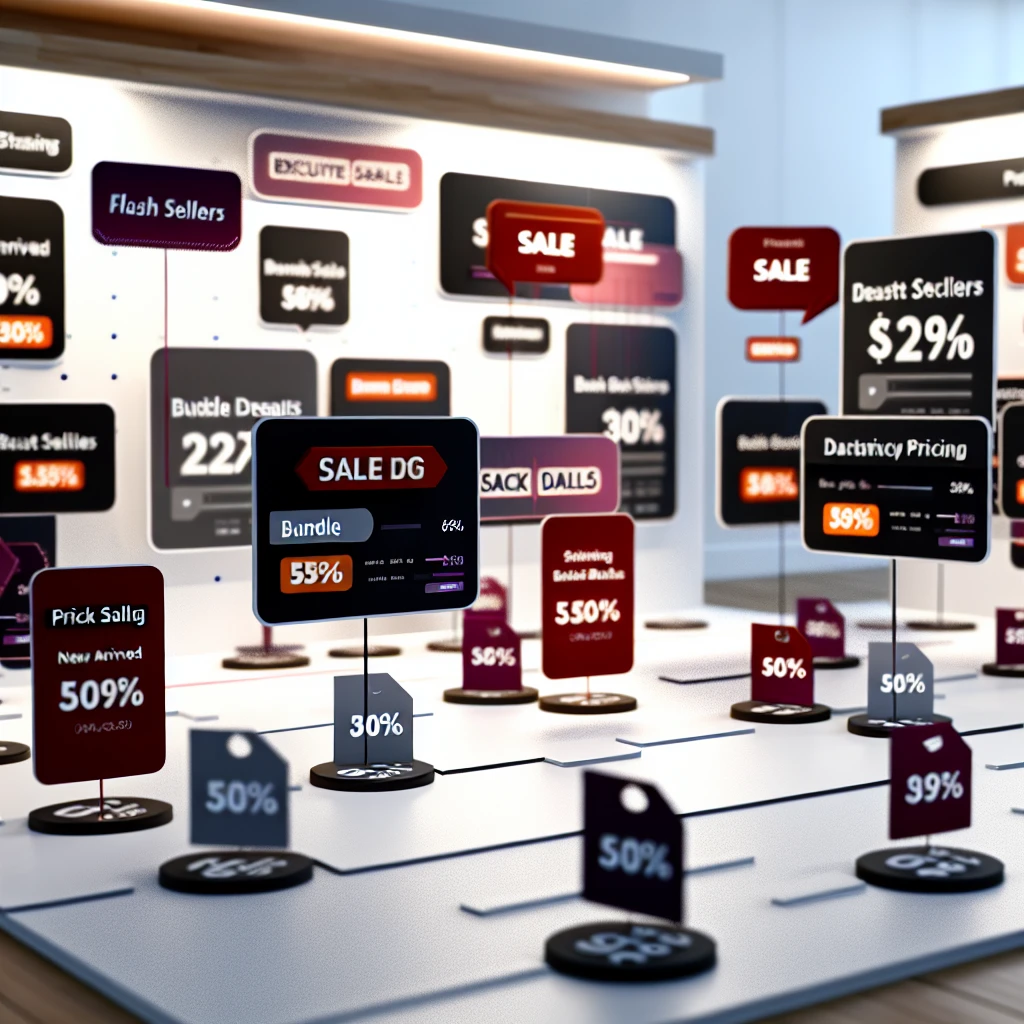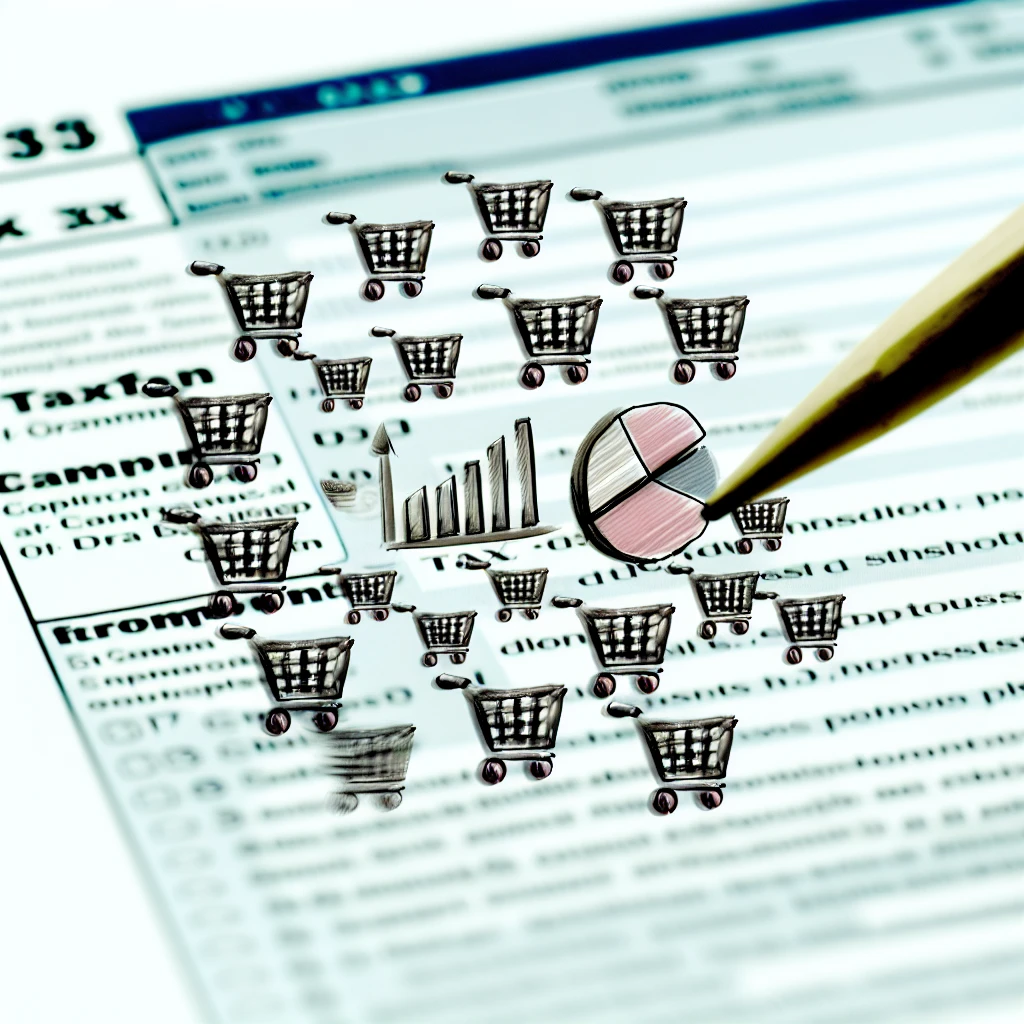Understanding Your Costs
When it comes to ecommerce, setting the right price for your products isn't just about undercutting the competition or aiming for the highest margin - it's a delicate balance that requires a deep understanding of your cost structure. Knowing the ins and outs of your costs is the bedrock upon which successful pricing strategies are built. After all, how can you set a price if you don't know what it costs you to bring your product to market?
Let's break it down. Your cost structure isn't just the amount you pay your suppliers. It encompasses every expense involved in running your business, from the cost of goods sold (COGS) to operating expenses like rent, utilities, marketing, and salaries. Even the seemingly negligible costs, like transaction fees or the cost of shipping supplies, can add up and significantly impact your bottom line. It's like piecing together a complex puzzle where every piece, no matter how small, is essential to the complete picture.
Moreover, understanding your costs isn't a 'set it and forget it' task. It's a dynamic process that demands regular review. Prices for raw materials can fluctuate, shipping rates can change, and operational costs can rise. A product that was profitable last quarter can quickly become a financial sinkhole if you're not vigilant. This is why savvy ecommerce entrepreneurs are always crunching numbers, forecasting, and adjusting their pricing strategies to stay ahead of the curve.
But it's not just about avoiding losses. Understanding your costs can also uncover opportunities for savings and efficiency improvements. Perhaps there's a bulk discount you're not leveraging, or maybe a slight tweak in your packaging could reduce shipping costs. These insights allow you to price your products competitively without sacrificing your margins. It's the kind of strategic thinking that transforms an average online store into a thriving ecommerce empire.
In the grand scheme of things, understanding your costs is about more than just numbers; it's about making informed decisions that drive your business forward. It's the difference between operating in the dark and having a clear vision of where your business stands and where it can go. So, before you set your next product price, take a dive deep into your costs. Your bottom line will thank you.
Competitive Pricing Analysis
Now that we've established the importance of understanding your costs, let's take a leap into the competitive arena with a thorough competitive pricing analysis. This isn't just about spying on your competitors' price tags; it's a strategic reconnaissance mission that provides invaluable insights into market trends, customer expectations, and how to position your products for maximum profitability.
To kick things off, gather data on your competitors' pricing, but don't stop there. Dive into their promotional strategies, shipping fees, and even the unboxing experience they offer. Remember, price isn't the only factor that influences a customer's decision to buy. By dissecting your competitors' overall value proposition, you can identify areas where you can outshine them or adjust your pricing to deliver unbeatable value.
Employ tools and technologies that streamline this process. Leverage software that tracks price changes in real-time, or use web scraping to collect data on a larger scale. But don't forget the human element – customer reviews and feedback can reveal the perceived value of your competitors' products, which is golden when setting your own prices.
Once you've gathered your intel, it's time to analyze. Look for patterns in how your competitors adjust their pricing. Do they offer discounts seasonally? Are they bundling products for a better deal? How does their pricing strategy align with their brand positioning? This analysis will help you understand the 'why' behind their pricing moves, allowing you to anticipate future changes and stay one step ahead.
Adjusting your pricing strategy isn't a one-and-done deal. It's a continuous game of chess where you need to be proactive, not reactive. Test different pricing models, monitor the results, and be ready to pivot. Perhaps a slight increase in price, coupled with enhanced customer service, could position your product as a premium option. Or maybe, a time-limited discount could spur a surge in sales. The key is to keep experimenting and learning from the market response.
Remember, competitive pricing analysis is about more than just matching or beating the prices of your rivals. It's about carving a niche for your brand, understanding the value you bring to the table, and pricing your products in a way that reflects that value. It's a powerful tool that, when used wisely, can help you not just stay afloat in a competitive market, but rise above it.
Advanced Pricing Techniques
With the groundwork of competitive pricing laid out, it's time to delve into the realm of advanced pricing techniques that can take your ecommerce business to new heights. Dynamic pricing, a strategy that may seem straight out of a sci-fi novel, is the art of adjusting prices on the fly in response to market demand, competition, and other external factors. Imagine your prices changing as frequently as stock prices, capitalizing on peak buying times or responding to a competitor's flash sale. This real-time strategy can be a game-changer, but it requires sophisticated algorithms and a pulse on the market's heartbeat.
Psychological pricing is another nuanced tactic that taps into the customer's mind. It's not just about setting a price; it's about crafting a price that speaks to the subconscious. Think about the classic '.99' pricing strategy. That one cent difference can make your product seem significantly cheaper, even though the actual difference is minimal. But psychological pricing goes beyond just charm prices; it includes tactics like anchoring, where you set a higher-priced 'anchor' product next to the one you want to sell to make it appear more affordable.
Discount strategies can be a double-edged sword. On one hand, they can drive traffic and increase sales volume. On the other, they can erode your brand's perceived value and lead to a 'race to the bottom' in terms of pricing. The key is to use discounts strategically. Time-bound offers, exclusive discounts for loyal customers, or bundling products can provide the perception of value without harming your brand's integrity or your bottom line.
Implementing these advanced pricing techniques isn't just about boosting sales; it's about fostering customer retention. When customers feel they're getting value, they're more likely to return. Dynamic pricing keeps them on their toes, psychological pricing taps into their buying habits, and smart discount strategies make them feel special. It's a holistic approach that, when executed with finesse, can not only increase your profits but also build a loyal customer base.
As you explore these advanced pricing techniques, remember to monitor their impact closely. Use A/B testing to gauge customer response, track your sales and profitability, and always be prepared to adjust your strategy. In the fast-paced world of ecommerce, agility is your greatest asset. By staying attuned to the market and your customers, you can employ these sophisticated pricing strategies to create a competitive edge that is both profitable and sustainable.



